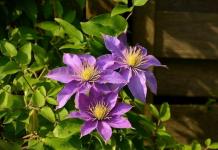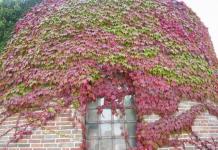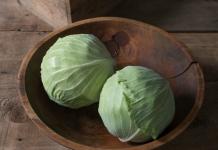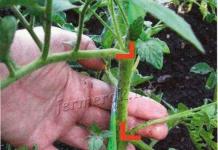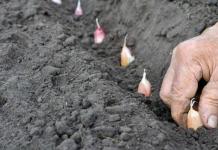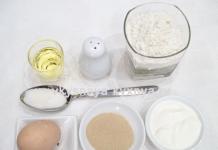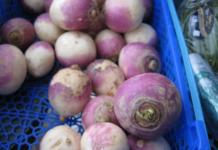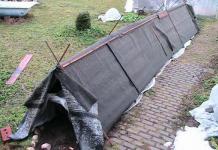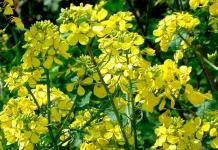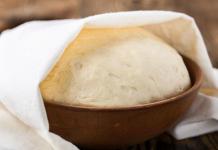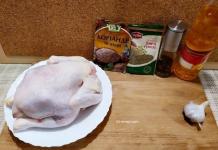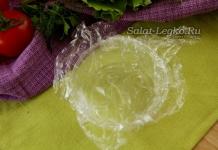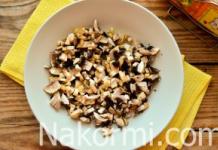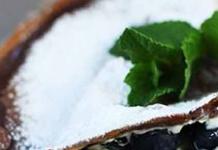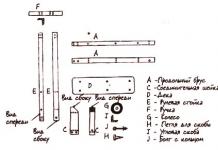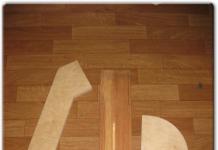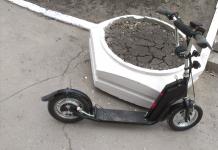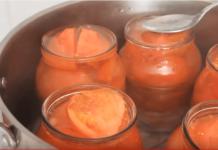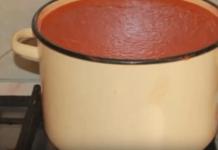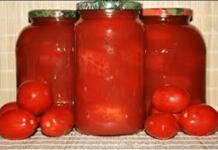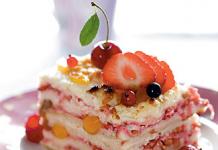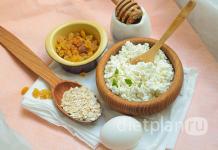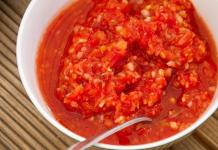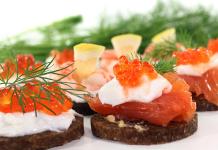Diseases and pests of the pear can destroy the plant in a short time and leave the gardener without a crop. To prevent this from happening, you need to give preference to resistant varieties. And it is also useful to know how to treat a pear for diseases.
Fungi and viruses can affect the trunk and leaves, as well as ripening fruits. For the most part, the diseases of pear and apple are identical. And the fight against them comes down to proper care, regular preventive spraying and timely treatment when the first signs of the disease are detected.
To know from what and how to save a tree, you need to correctly identify the disease by symptoms. In our material, we will describe the most dangerous pear diseases and their treatment.
Diseases of pear - description, treatment, photos
If you notice signs of the disease on neighboring trees, carry out preventive treatment of the rest. This is the gardener's unshakable rule. Encourage your gardener to do the same. This way you will save yourself from losing your harvest. When processing a pear with chemicals, take into account the time it takes for its components to be removed from the plant, so as not to feed your family with poisonous fruits.
Most pear diseases are fungal in nature. Mushrooms love dampness and warmth. To prevent them from feeling good on a pear or other trees, thin out the crown well. Don't plant a tree in poorly ventilated garden dreams. To stop the spread of spores, burn cut diseased areas, keep the area around the tree clean, loosen the root zone of the soil, and carry out preventive treatments annually. Also, do constant pest control, as they can also cause disease.
Scab disease on a pear
The cause of the disease is the fungus Venturia pirina. A pear cannot be infected from an apple tree, since they have different types of pathogen.
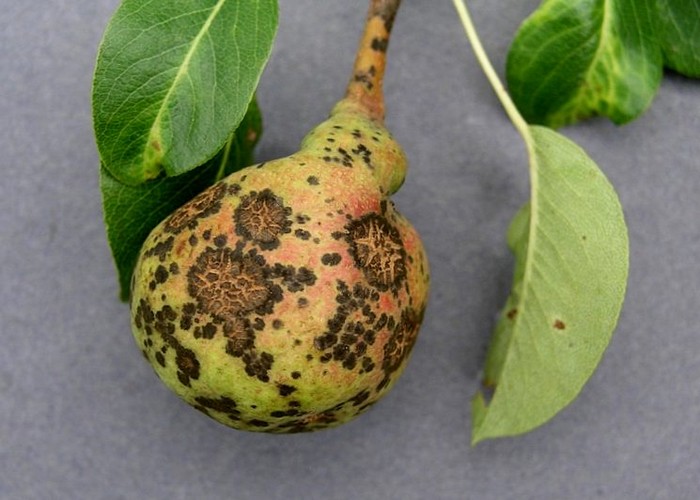
The fungus loves high humidity and poor wind-blowing of the site, as well as weak plants (cracks, exhaustion with abundant fruiting).
The spread of the disease occurs during the flowering period of trees. Spores of the fungus come out of the bags and, under favorable conditions, spread over long distances.
Fruits affected by scab are covered with brown, rounded spots. They can merge on the fruit and become one large necrosis. lesions resemble warts when viewed. The skin in the affected area may crack.
With early damage to the tree, the fruit can grow small and crack.
Prevention:
The fungus can overwinter along with the fallen leaves, so the key point in the prevention of the disease is the timely cleaning of the garden area.
When planting pears, you need to choose an elevated place that is well blown by the winds. In this case, it is worth considering the size of the trees and not planting them too close to each other.
The condition of the trees must be monitored. use mineral dressings. Protect the trunk from pests, as this can weaken the tree.
It is important to place supports under branches that can break or tie them up.
Periodically, it is necessary to thin out the crown and remove excess branches, while processing the cuts with garden pitch. And also it is necessary to take care of cracks.
During the fruiting period, immediately remove the fruits that have fallen off.
You can spray the soil with a 10% solution of urea or ammonium nitrate. And also they can spray the trunk and leaves.
Treatment methods:
Trees are treated with copper preparations in early spring before the buds of the leaves open.
- Bordeaux mixture. The protective effect of the drug lasts up to 2 weeks. Dilution: in case of severe damage, make 3% liquid - 300 g of copper sulfate, 400 g of calcium hydroxide, mix with 10 liters. water. When the leaves are blooming, a 1% solution is prepared: 100 g of copper sulfate and calcium hydroxide per 10 liters. water. It is recommended to process 4 times per season.
- Abiga Peak. Dilute 50 g of the drug in 10 liters. water. Spray plants 4 times per season.
- Skor and Rajok. 2 ml of the drug per 10 liters. warm water. The action lasts for 20 days. The first spraying - before flowering - is the rosebud phase. Further, twice with breaks up to 14 days. It is possible to make up to 4 sprays.
- Horus. Dilute it in 10 liters. water 2 gr. substances. Protects the plant for up to 28 days. The pear is sprayed twice: at the time of ripening of green buds and 10 days later at the time of flowering.
You can also spray young trees in late autumn and early spring with 5% urea solution.
Fruit rot disease or moniliosis on a pear
This disease harms not only the pear, but also many other fruit and stone fruit trees in the garden. Moniliosis can cause significant yield damage. It is especially dangerous during the fruiting period. But even after you have taken the harvest, the disease does not go away, but remains on the fruits, where it continues its destructive effect.
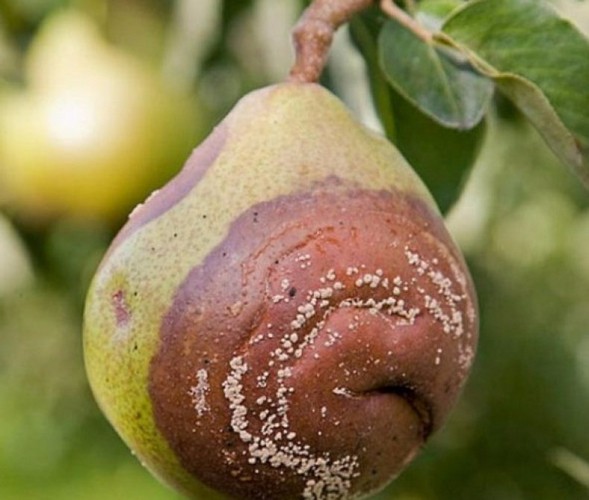
It manifests itself in two forms:
Fruit rot. The causative agent is a harmful fungus. It is widespread in all regions where stone fruits are grown. This is a very dangerous enemy, because after its action, the fruits become completely unusable. The first manifestation will be the formation of a brown spot on the pear, which quickly grows throughout the fruit. Taste qualities are completely lost along with the presentation. Light spots appear on the rot, these are spores of fungal colonies. They are easily carried by rain or wind, and insects can also be carriers. The rapid development of events makes moniliosis a dangerous enemy for the entire garden, the incubation period lasts only a few days, and after a week the spores are ready to go to another tree.
They penetrate through small cracks and damage. Optimal weather - temperatures from +16 to +30 С and high air humidity. If it is too dry, or hot, cold spores are not tolerated, but become bluish and mummified, this process most often occurs on fruits during storage. Therefore, it is important to remove them, especially if they have fallen from the tree. The fungus can remain in them until spring, wait for suitable conditions and start infecting healthy plants.
Monilial burn. In this case, inflorescences and flowers, ringlets, fruit branches and twigs remain affected. This condition is also caused by the mushroom, which is stored in the mycelium, on damaged branches, and in the spring, upon awakening, begins its vigorous activity. The awakening temperature is approximately +14 C, and high humidity, in the form of rains and fogs, will also be a prerequisite for propagation. This fungus is especially dangerous in the Far East.
Methods of control and prevention:
Collect fallen fruits constantly, if they show signs of infection, destroy them away from the garden. Pluck sick, mummified fruits from the branches. Protect the pear and apple tree from scab, because at this time it creates cracks into which moniliosis penetrates, it is also necessary to protect the garden from birds, they can also peck fruits, damaging them, and opening the way for harmful fungi.
Infected plants can be treated with fungicides. At the first lesions, you can start working with the moth, repeat the procedure after 15-20 days. In the case of processing pears from scab and powdery mildew, processing from fruit rot can be omitted. The following fungicides have proven themselves well: "Horus", "Strobi", "Bordeaux liquid", "Abiga-Peak".
Remove the affected branches and fruits from the tree, because the causative agent of monilial burn usually hibernates there.
Disease of sooty fungus on a pear
Many novice gardeners are wondering why the pear turns black. The most common pear disease, in which the leaves and fruits turn black, is called sooty fungus. First of all, trees with weakened immunity and young specimens damaged by insects (in particular, aphids) suffer.
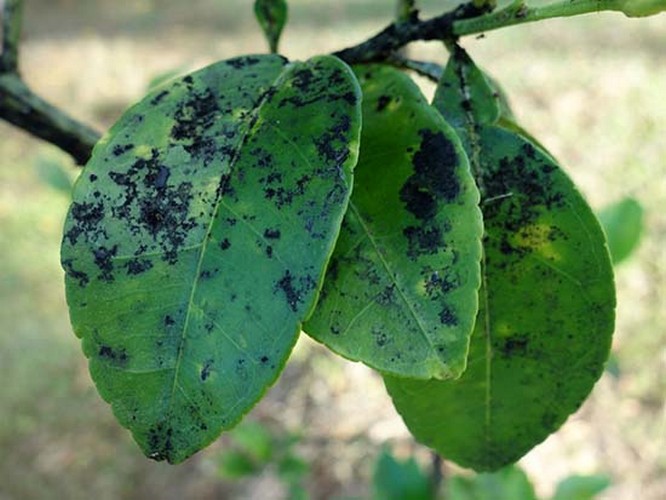
Control measures and prevention
To protect the pear from pests, use the Calypso insecticide (according to the instructions). And to suppress the reproduction of fungal spores, Fitoverm is used.
Powdery mildew disease on a pear
Powdery mildew is also caused by a fungus - Podosphaera leucotricha. A mealy-white bloom appears on leaves and buds. The affected parts of the plant soon dry out and die off, the leaves curl into a tube. This pear disease is especially dangerous in spring. Young shoots are most affected. 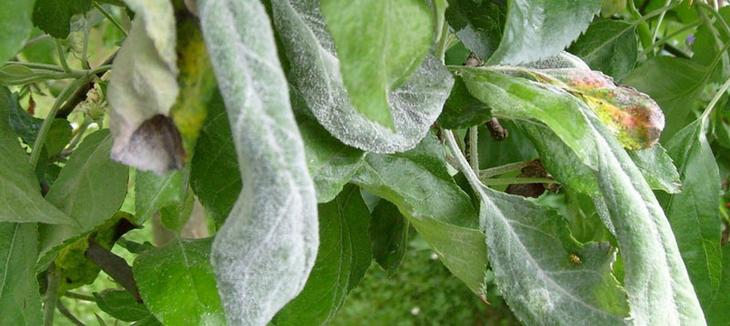
Control measures and prevention
All affected parts of the plant are removed and burned, for prevention the trees are sprayed with Fundazol or a solution of soda ash (50 g per 10 liters of water) with the addition of liquid soap (10 g).
Pear leaf rust disease
Leaf rust is a disease so serious that it can even kill a pear. Rust is caused by the fungi Gymnosporangium sabinae. 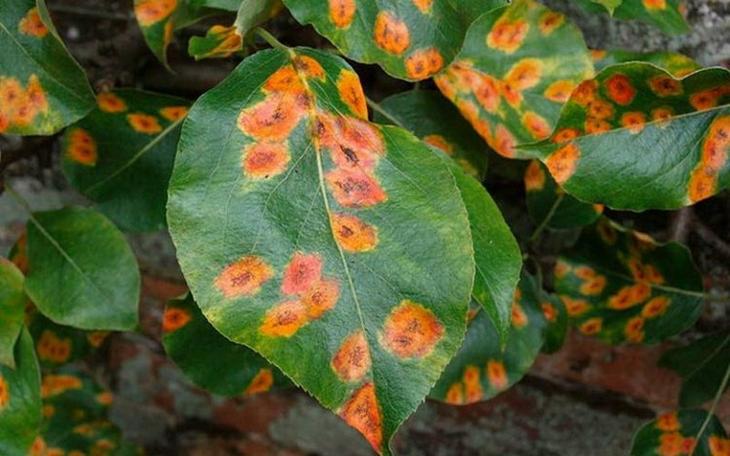
It is very curious that this mushroom uses two plants for life and reproduction: pear and juniper. Mushrooms wait out winter in a juniper bush, and with the arrival of spring they settle on a pear.
Colonies of these mushrooms will easily destroy the entire pear harvest. You must start fighting rust right away.
Disease symptoms:
When settling on juniper, rust affects literally all parts of the plant. Most often, this disease for juniper is chronic. Lesions on the bush appear as wounds and swelling. And the large jelly-like orange shoots are the mycelium that has settled on the plant.
With the arrival of spring warmth, in humid weather, the spores of this fungus move to the pear. The infection spreads rather quickly and infects foliage and fruits.
On pear leaves, rust appears in the form of rounded red spots. The spots appear shortly after the pear blossoms, usually at the end of April.
Gradually spreading, by the middle of summer, the disease can affect almost all foliage. Then black dots appear on the spots themselves. The disease reaches its greatest development by autumn, when the red spots swell, and processes crawl out on them.
It is in these processes that fungal spores live, which then look for another juniper bush for themselves in order to repeat the whole circle again with the beginning of spring.
Prevention:
The main way to prevent this disease on a pear is to eliminate the source of infection. To do this, you need to cut and destroy the diseased parts of the juniper.
How to deal with rust on a pear?
First, all infected parts of the plant must be removed. You need to cut off the branches on a living one, 10 centimeters below the sore spot.
The affected areas must be cleaned with a knife to healthy wood.
Wounds are carefully treated with a 5% solution of copper sulfate for disinfection.
After that, the cut site is treated with garden pitch.
Secondly, with the beginning of spring, spraying with Bordeaux liquid, 1% solution is carried out. Copper oxychloride can be used instead.
The second spraying is carried out at the beginning of flowering, and after a week the spraying is repeated. Ten days later, the last, fourth spraying is carried out.
You can also spray with a copper sulfate solution instead of the Bordeaux liquid. Calculate for 10 liters of water 50 milliliters of the drug.
Rust-resistant pear varieties: Nanaziri, Suniani, Chizhovka.
Bacterial cancer disease, or bacterial necrosis of the pear bark
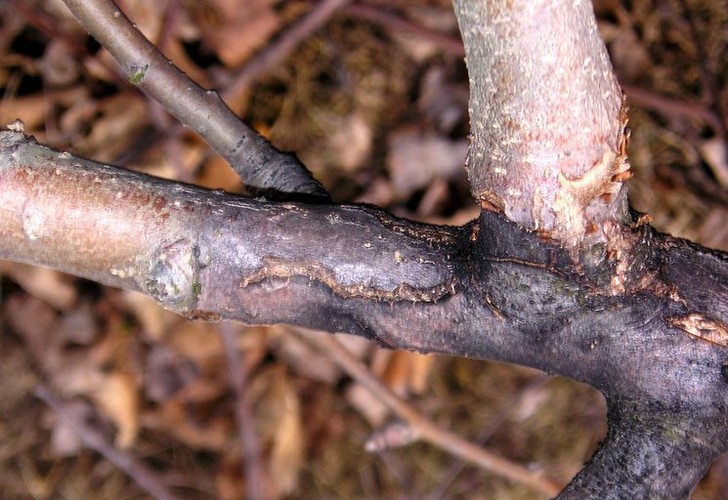
The causative agent is the bacterium Pseudomonas syringae. Since spring, the buds and bark of branches turn brown, blackening and drying of young shoots with leaves are observed. The spots on the leaves are black, cracking at the edges of the plates.
Blisters appear on the bark, and depressed spots with a violet-cherry border are often formed. The wood rots, a pungent smell appears, and the trees die. Bacteriosis usually begins with linear necrosis of the cortex and goes into wide longitudinal stripes.
Control measures. Cut off affected branches, remove dead trees, disinfect the saw cuts with 1% copper sulfate and paint over with oil paint. An effective measure to combat this pear disease is spraying trees with copper-containing preparations.


